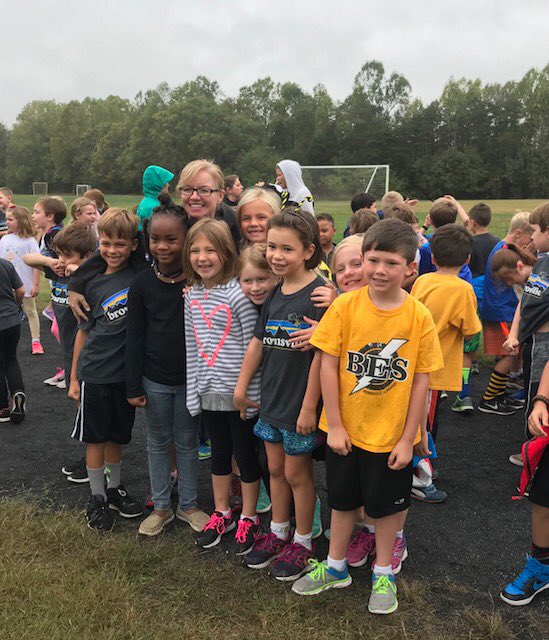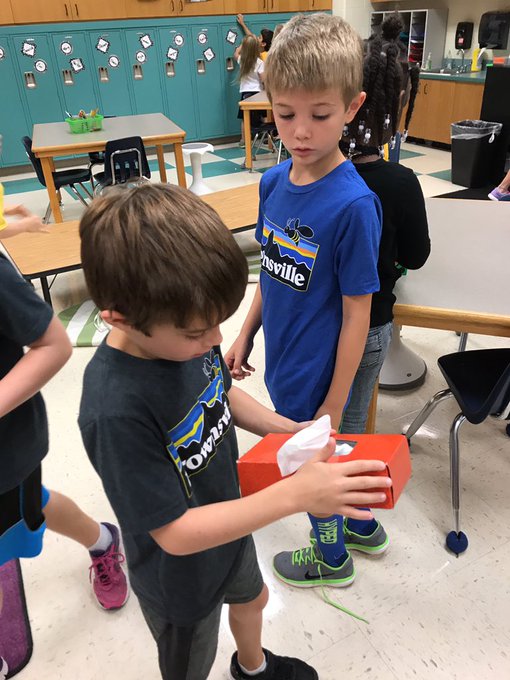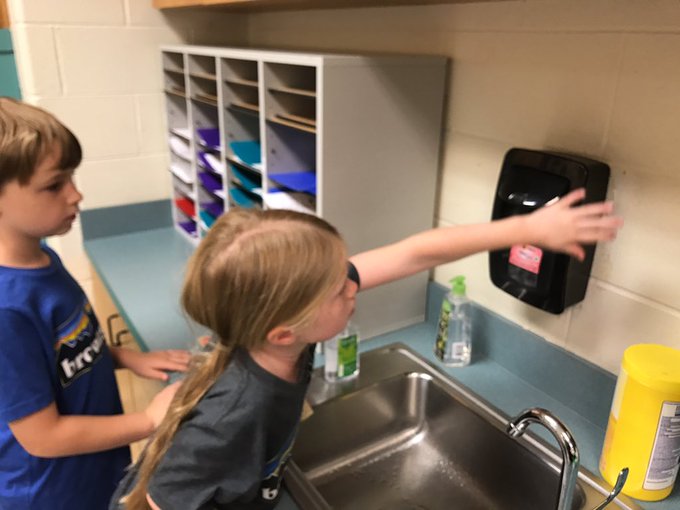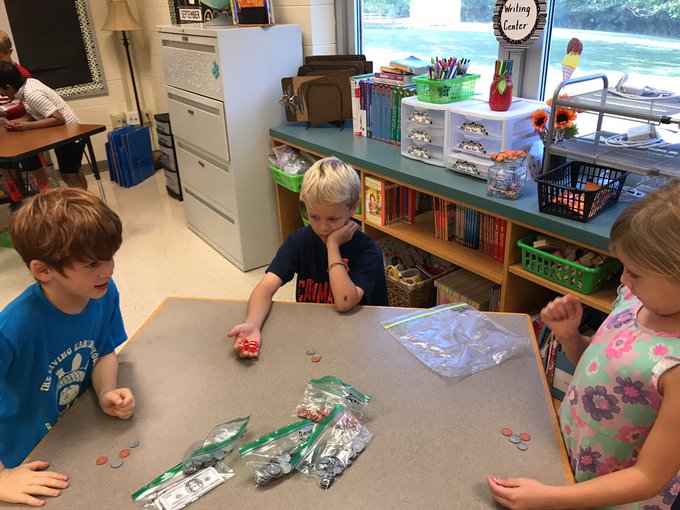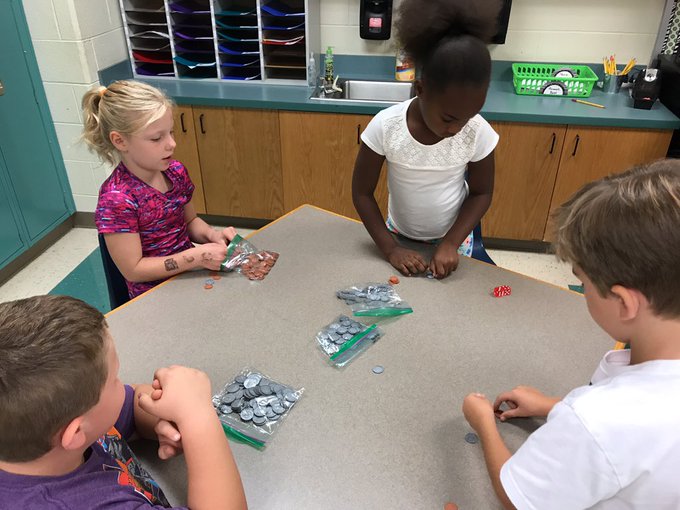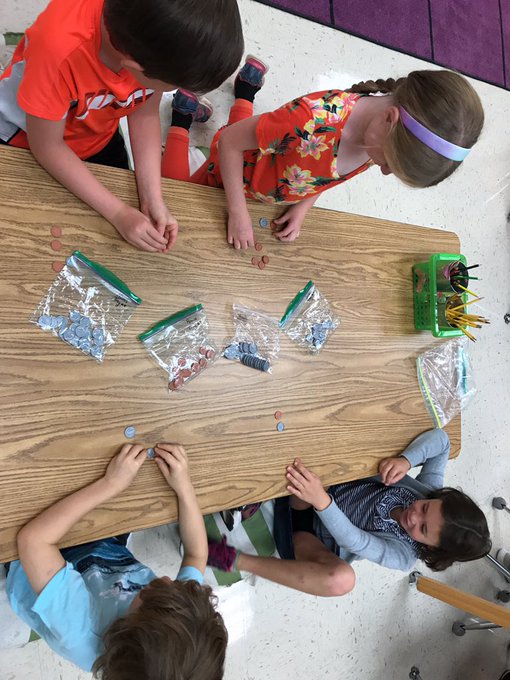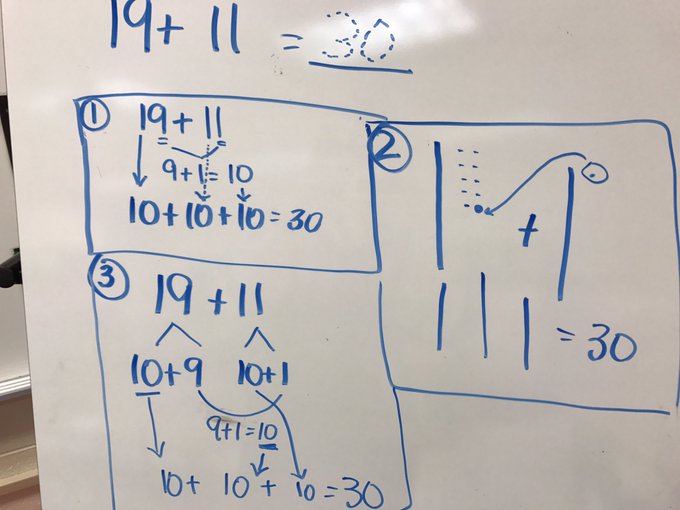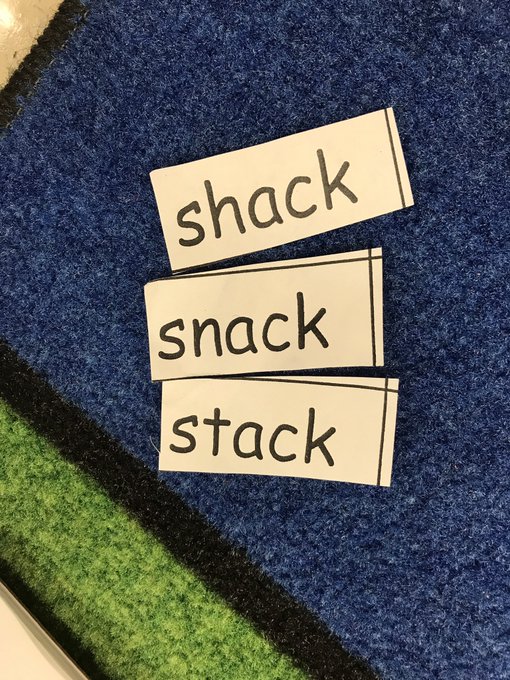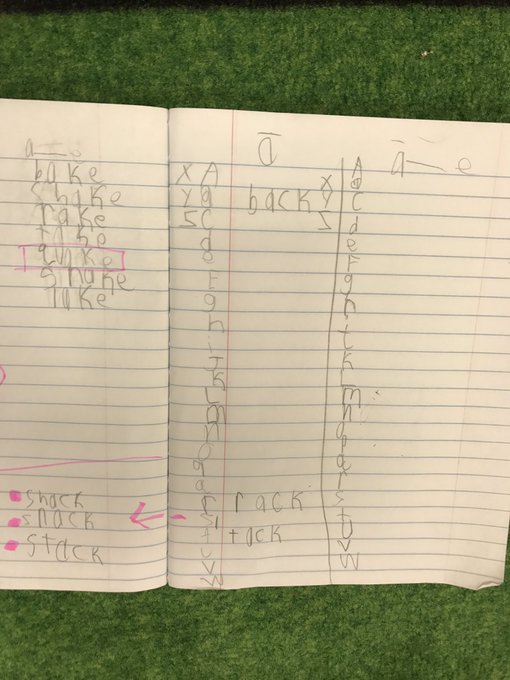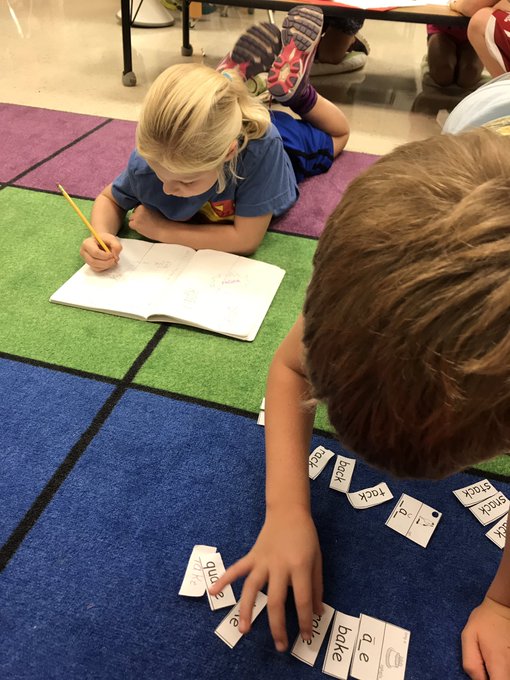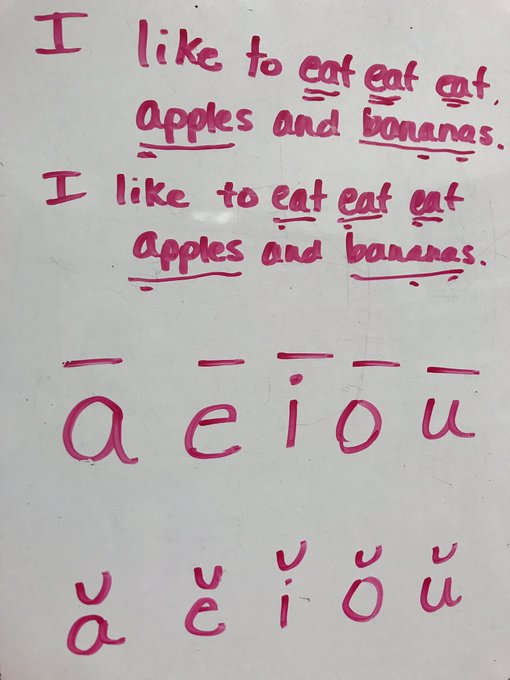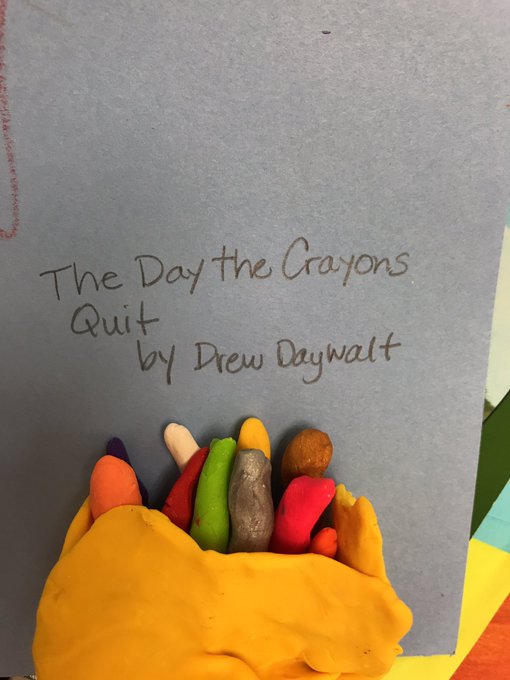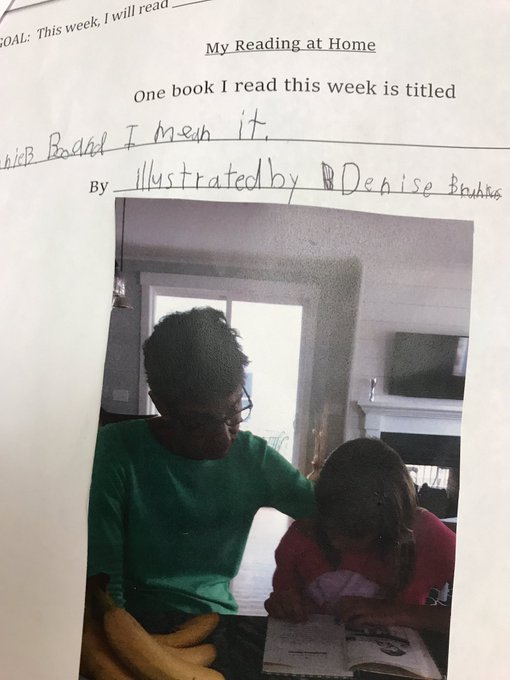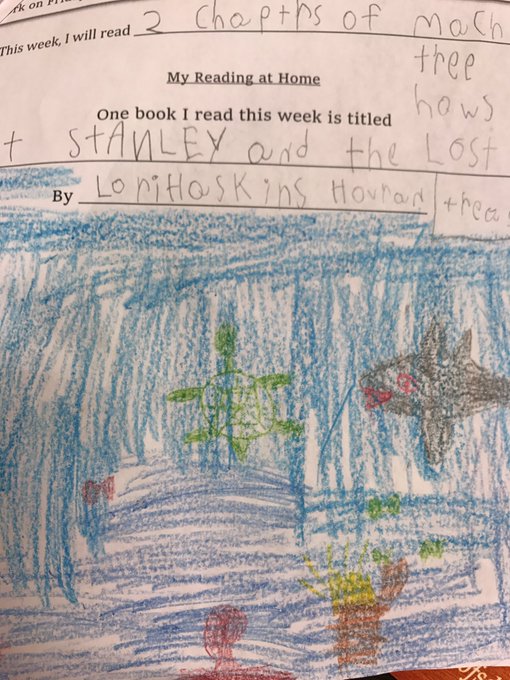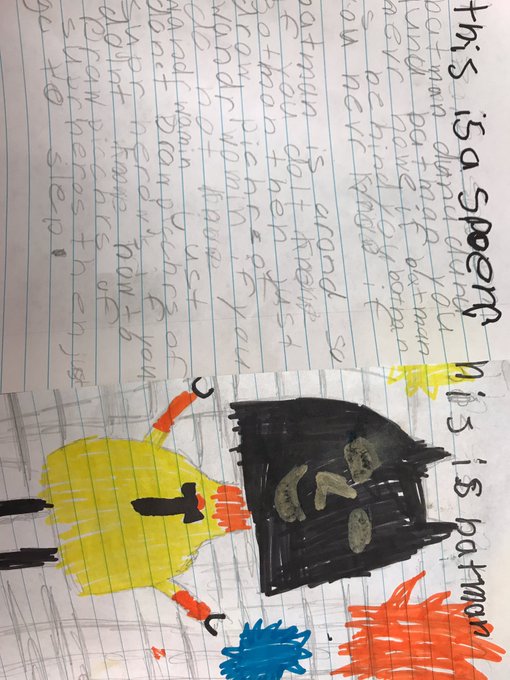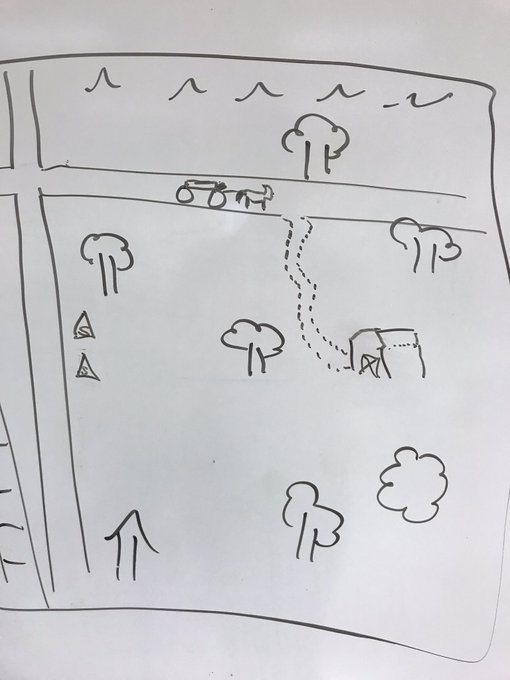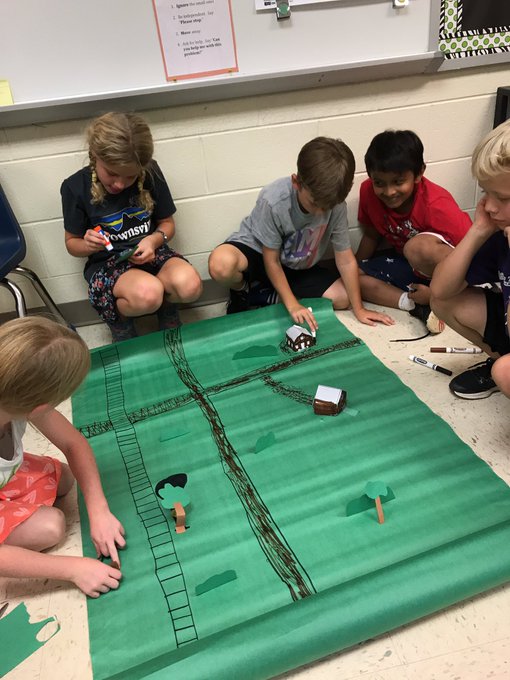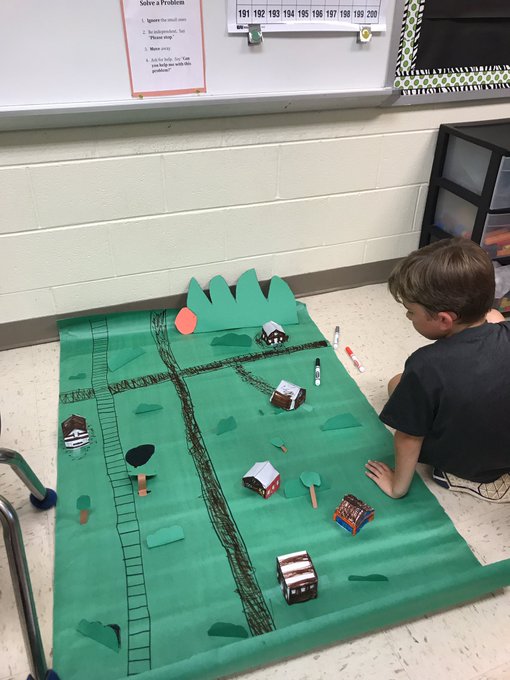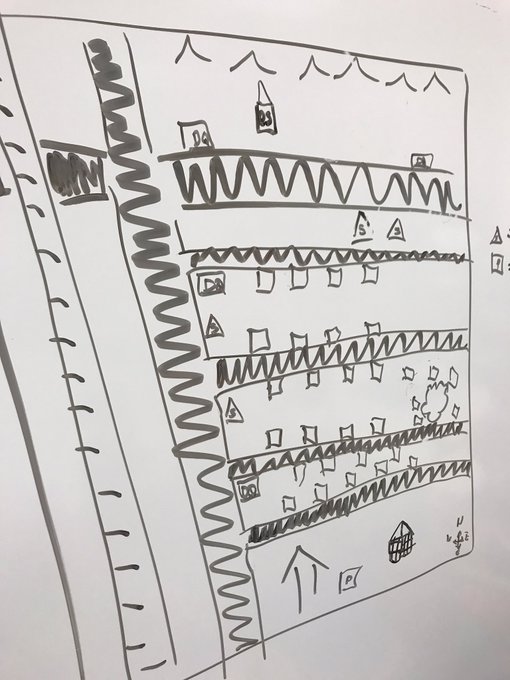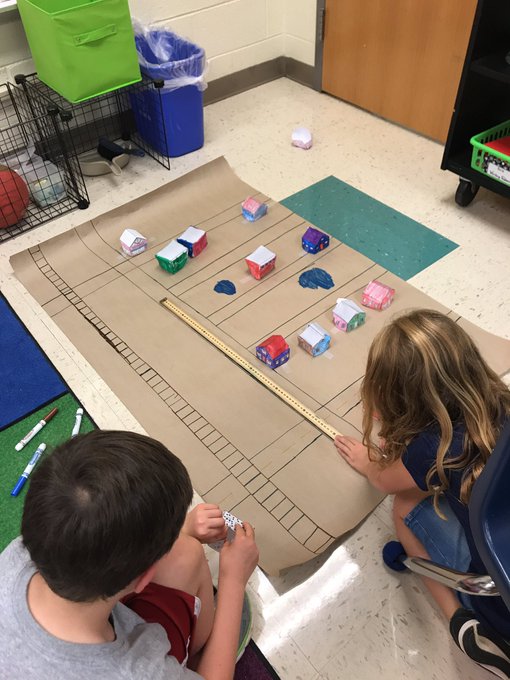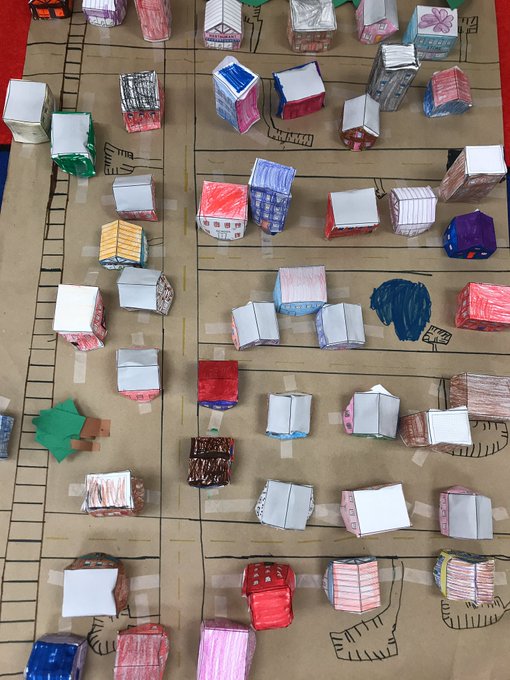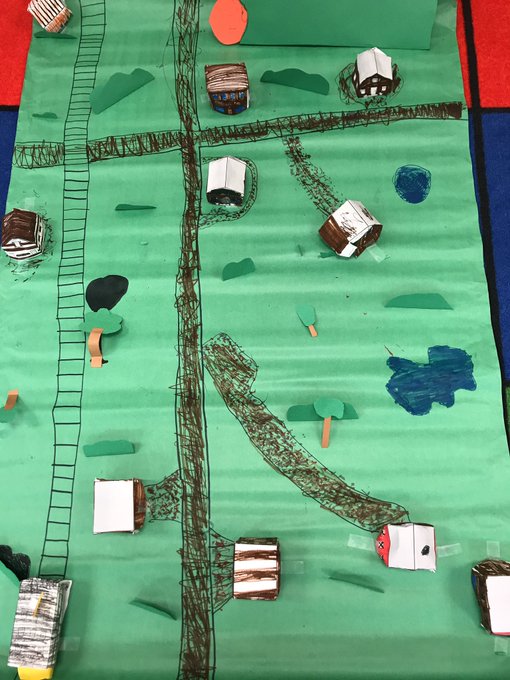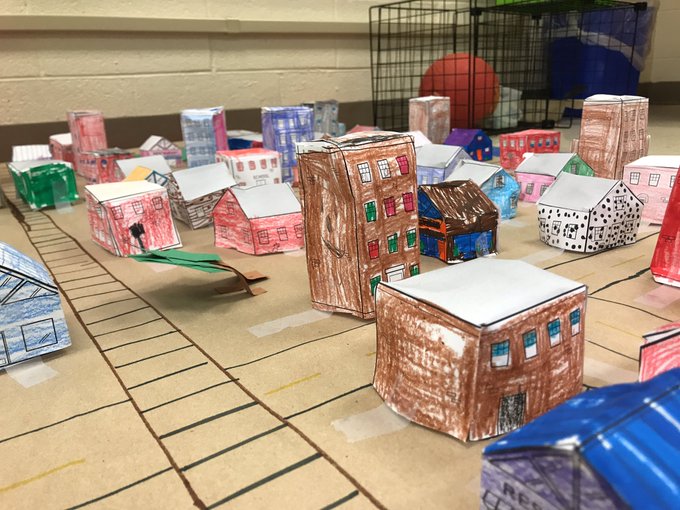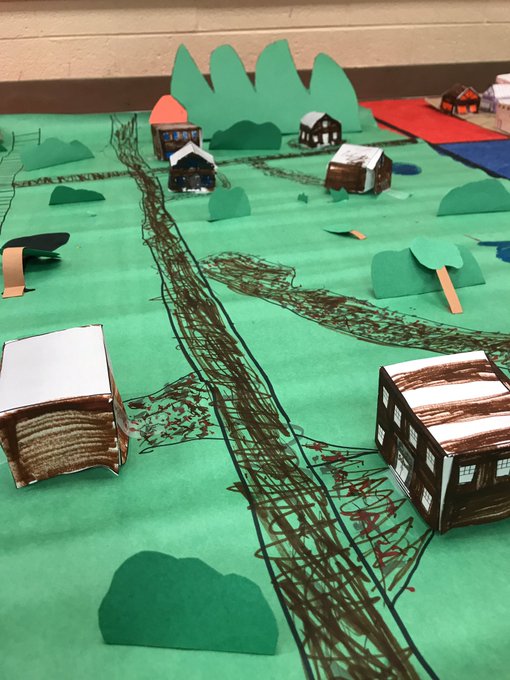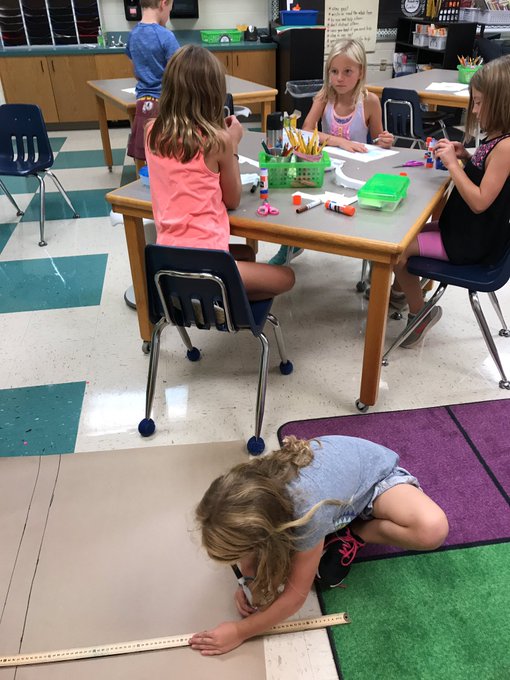8-8:30 - Morning Meeting
8:30-9:00 - Science/Social Studies
9-9:15 - Snack and Read Aloud
9:15-10:15 - Specials
10:15-11:30 - Word Study and Writing Workshop
11:30-11:55 - Recess
12:01 - 12:26 - Lunch
12:26-1:15 - Reading Workshop
1:15-2:15 - Math
2:15 - Pack up, Roses, and Dismissal
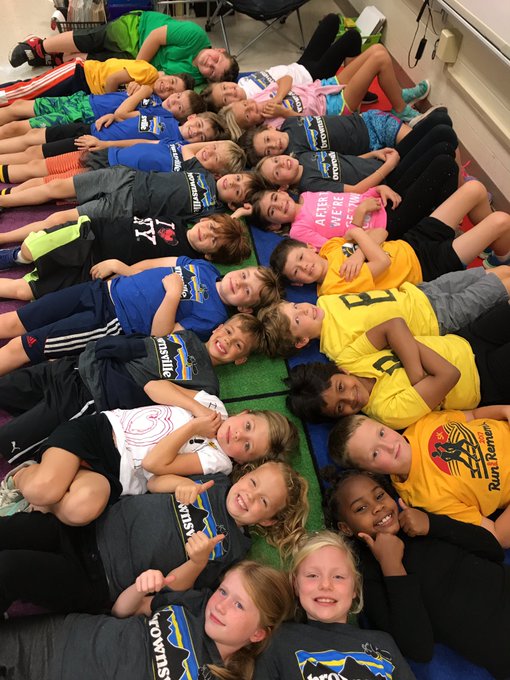
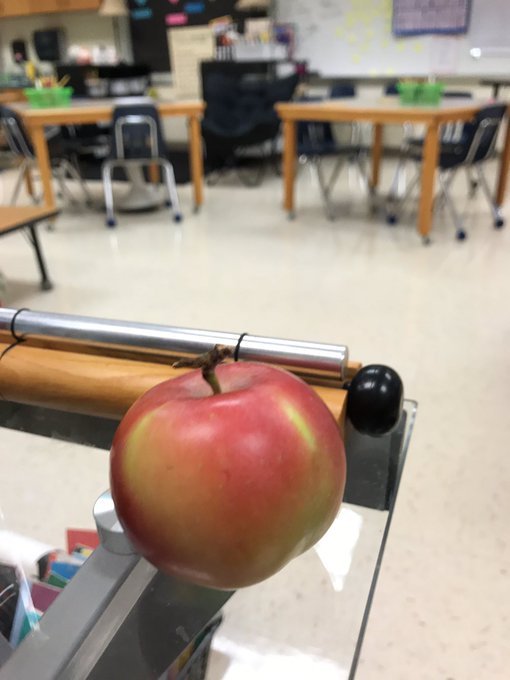
Now, what's been going on in 2nd grade...
Science:
We have just transitioned into Science with our first unit...magnets! Students are exploring the types of material that have a magnetic field that attract magnets and which materials repel magnets. Student have been testing the magnetic force of the poles and which poles attract and which repel. All of these fancy words are vocabulary words your child should know, so don't be afraid to use them at home!
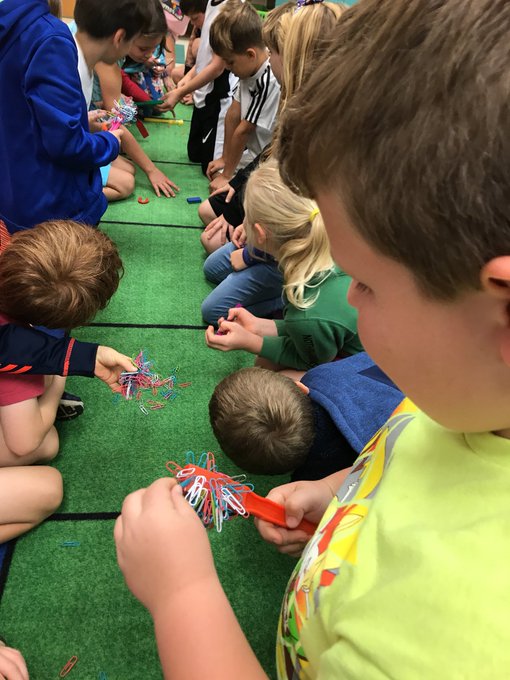
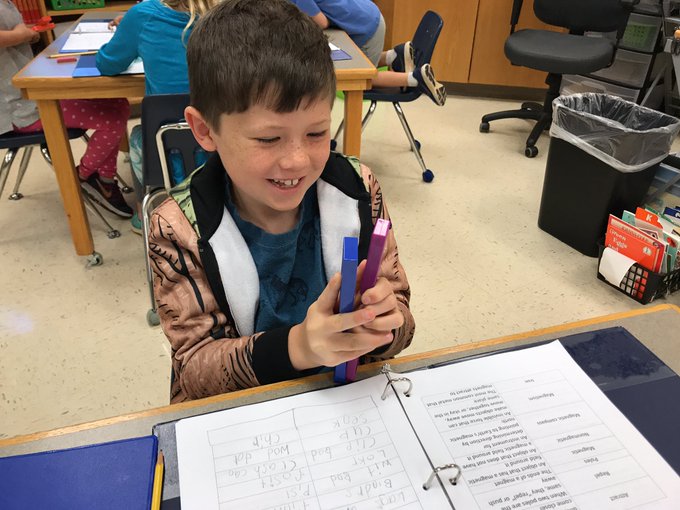
Ways to help at home:
- Pull out some magnets and let them go to town! They can wander around the house trying to figure out what attracts magnets. Remind them to stay away from your phone or computer! ;-)
Word Study:
I work with each group for about 20-25 minutes so they know the reason behind their sort and we are spending 2 weeks on each sort so they have a solid foundation. Word study is a consistent rose for students at the end of each day! :)
Writing:
Students have been working in partners or in small groups to write stories. They are HYSTERICAL and quite creative! It has been wonderful to hear their excitement buzzing in the classroom with these stories. They absolutely loved it and were disappointed when I had to give them a deadline to finish their stories. Together, students created characters, the setting, a problem and the final solution.
We are now back to working on individual stories, but adding details to their stories.
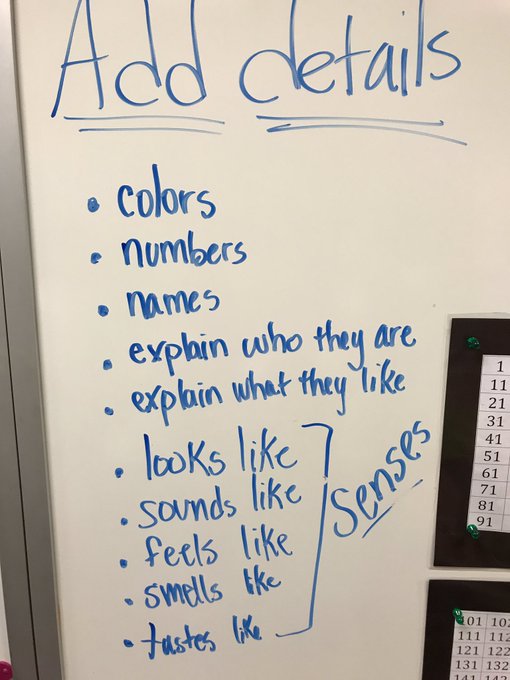
Ways to help at home:
Have fun with your child writing together. You could create a story together!
Reading:
We completed our decoding strategies. Students have been using Stretchy the Snake, Eagle Eye, Chunky Monkey, Flippy Dolphin, Tryin Lion, Skippy Frog, and Lips the Fish. Students continue to write new vocabulary words to their sticky notes!
We have recently begun adding comprehension strategies to our Reading Toolbox! Students are realizing they need to create pictures (or even a movie) in their heads when they read - VISUALIZATION! Students are also starting to ask questions like:
- I wonder why...
- I wonder what...
- How did...
- I wonder when...
- Who...
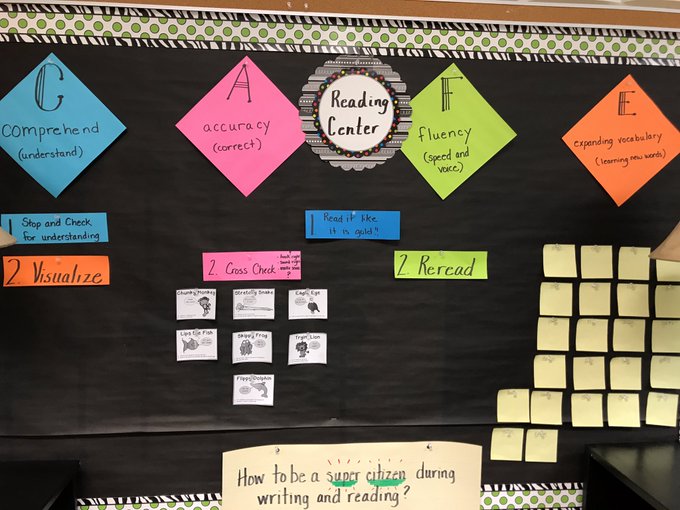
Ways to help at home:
- Practice makes perfect! The more reading your child does, the better they will get! Research shows between 20-30 minutes per day helps growing readers improve more rapidly.
- I want students to LOVE to read, just as I do! To get them to love it, they must love the story. Let your child choose what to read. If they are excited and engaged in the story, they will want to read more and more.
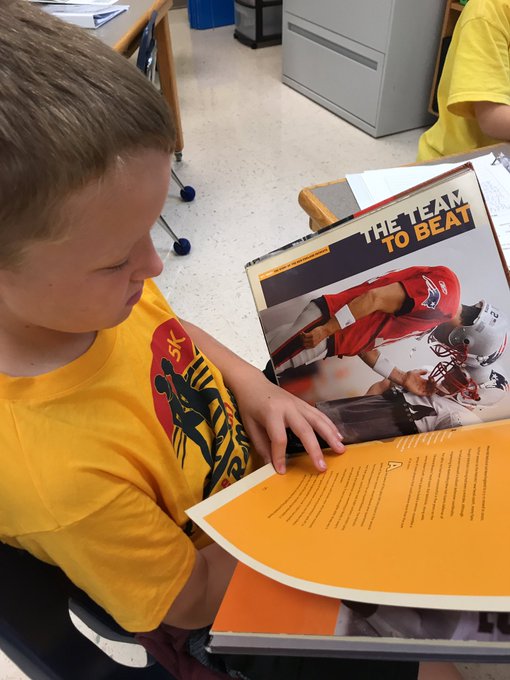
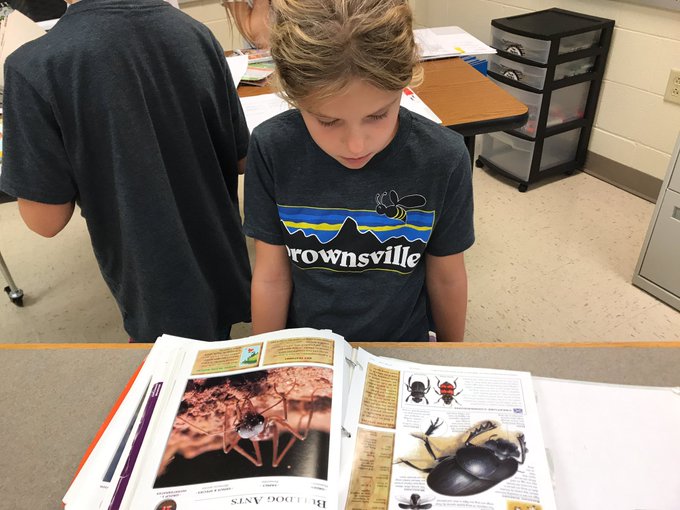
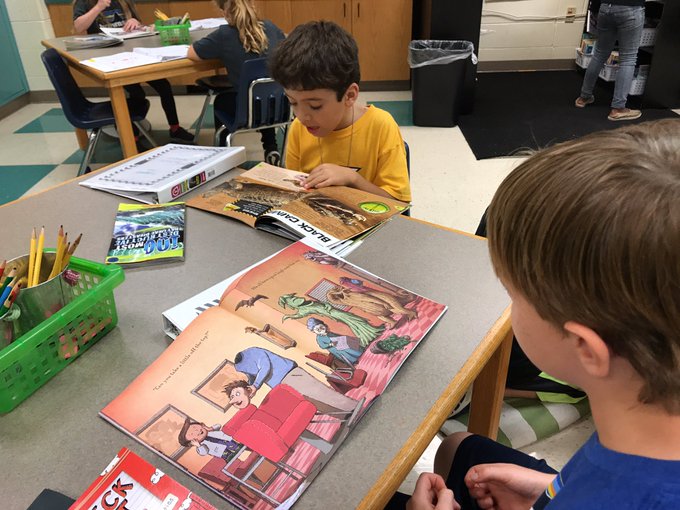
- Give them their own comfy space and let them just read! :)

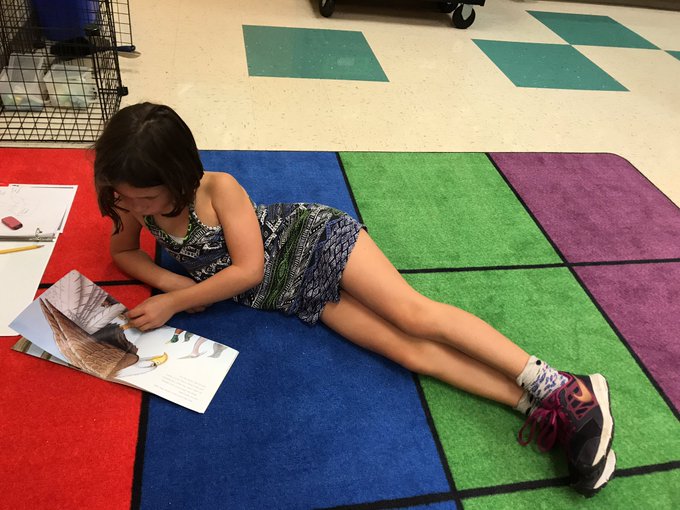
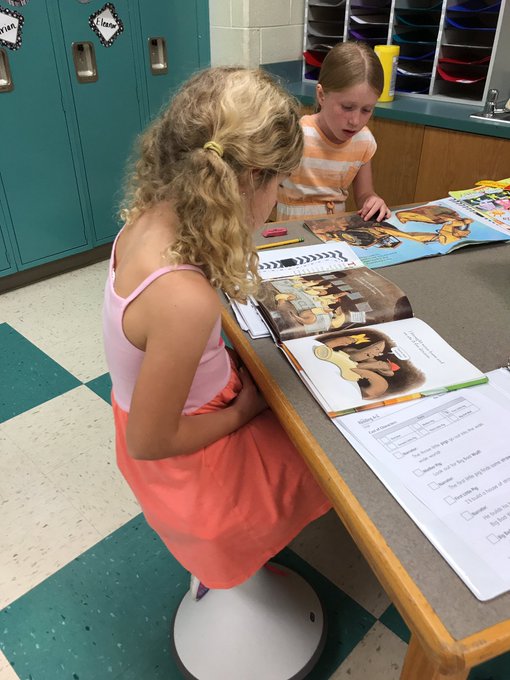
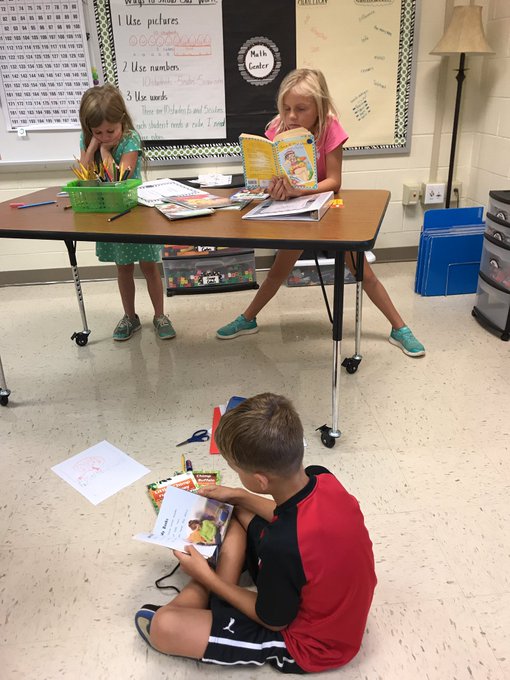
Check out one student's reading reflection project!
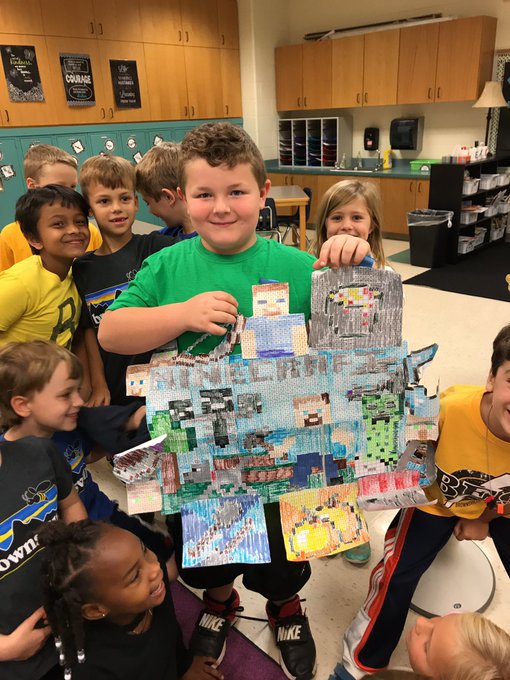
Math:
We have transitioned into Geometry. Students are able to identify 2D and 3D shapes. Here's a chart to describe the different vocabulary terms for each. Ask your child to explain them!
2D 3D
sides edges
corners vertex (vertices)
faces
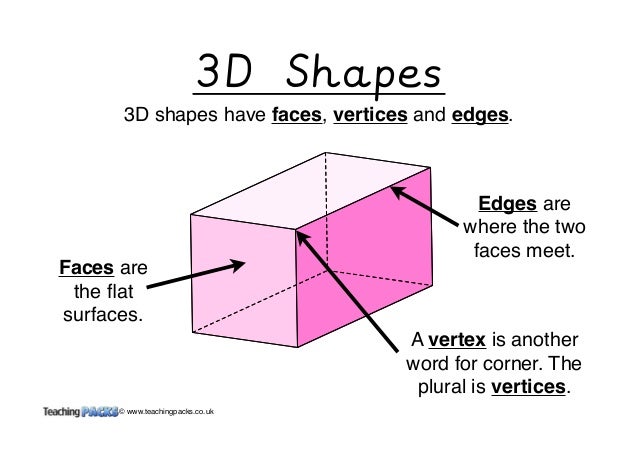
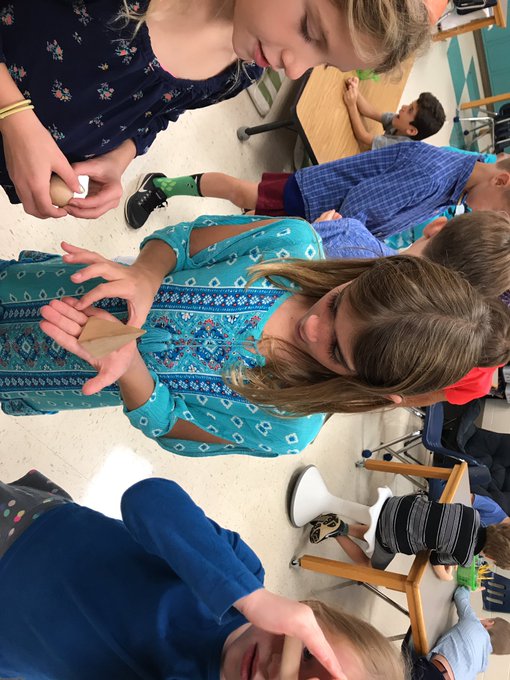
Students are also able to distinguish between the three different types of angles and sort shapes based on their angles.
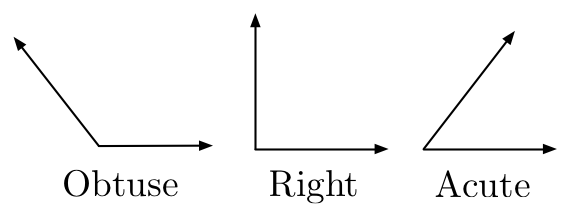
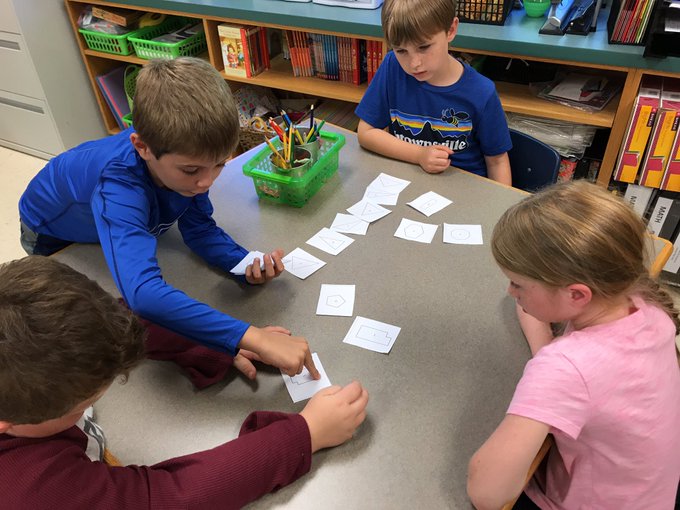
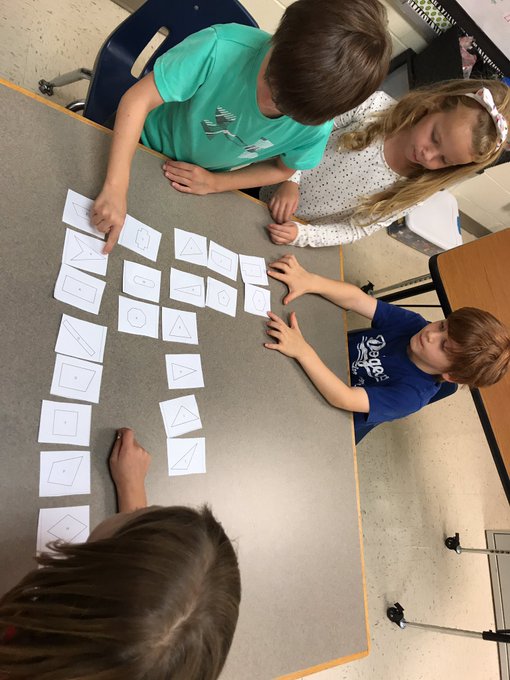
Ways to help at home:
- Continue to create word problems and have them use their own strategy to solve them.
- Ask your child to point out different 3D vocabulary terms on items around your house! :)
